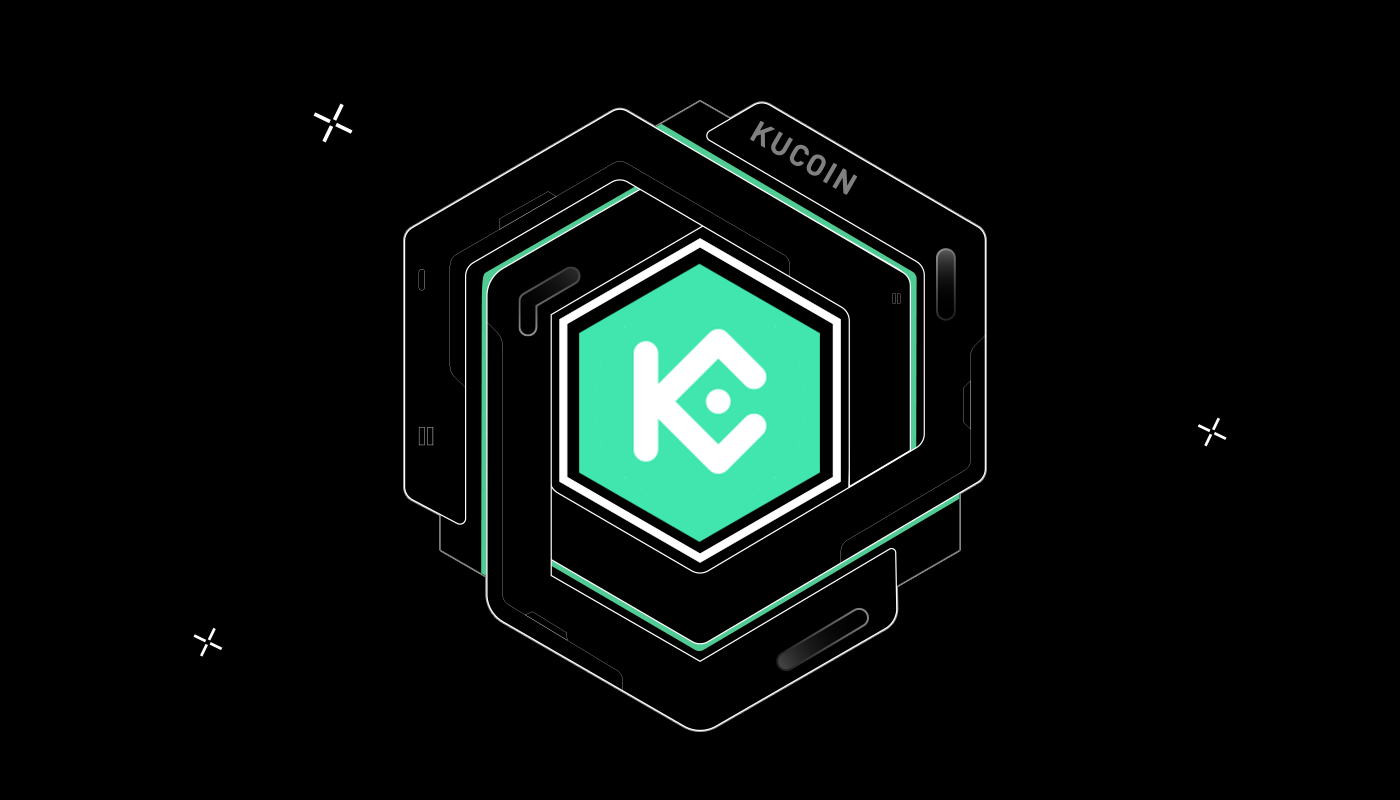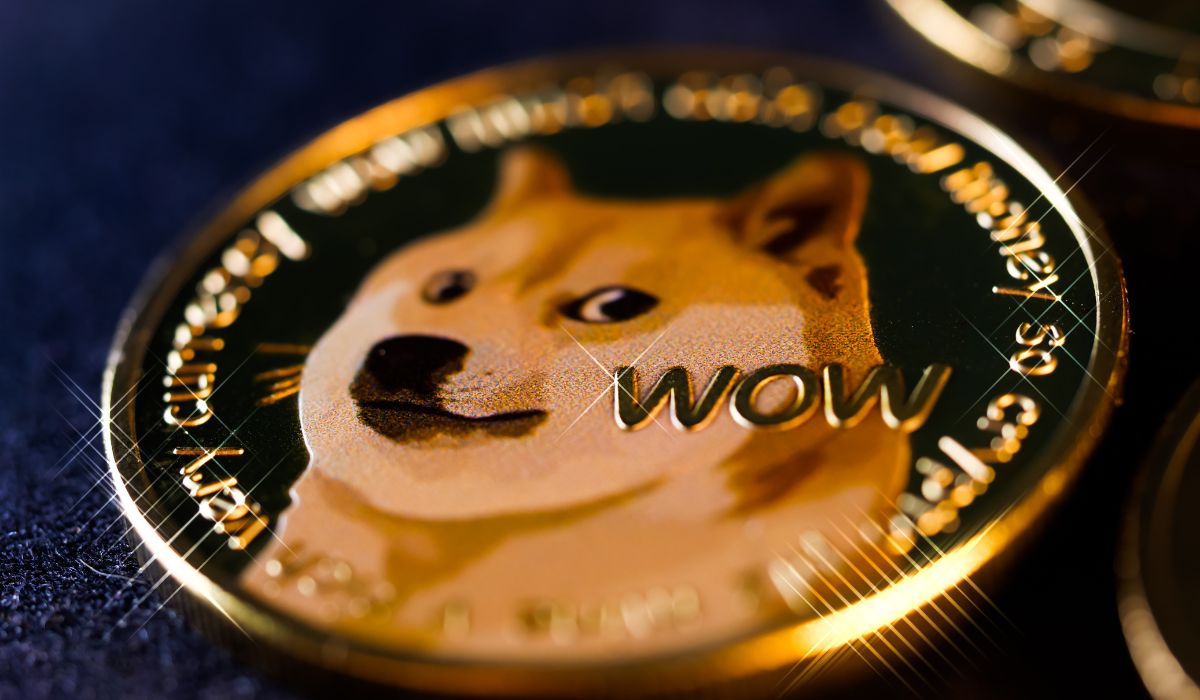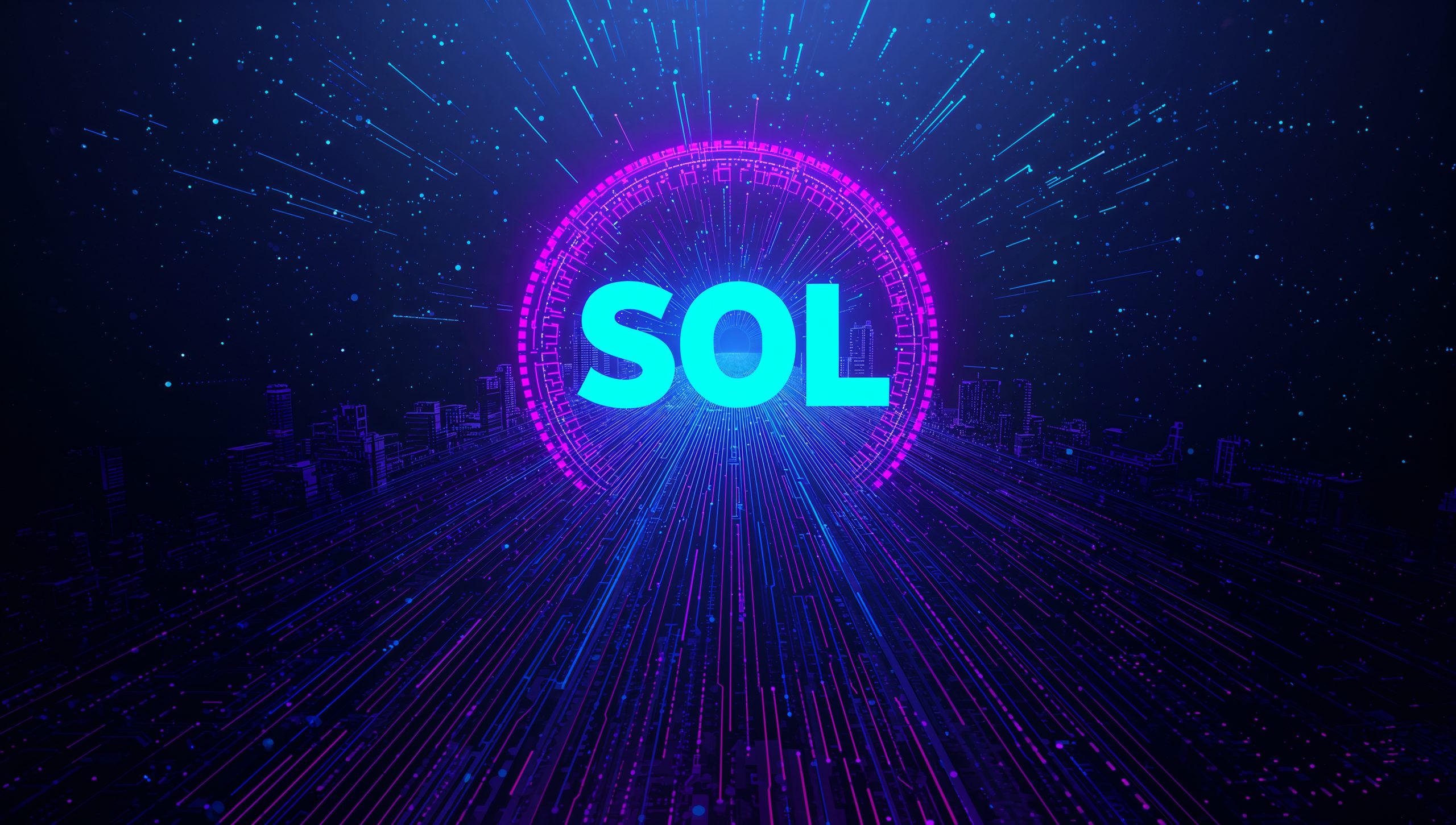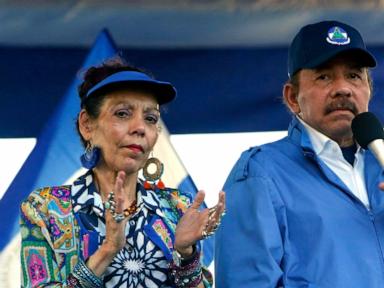ARTICLE AD BOX

- Pi Network wants to use its 50-million-plus community to create a decentralised AI compute layer, reducing dependence on big cloud providers.
- This comes as the Pi Network is now recognised under the European Union’s MiCA regulations governing crypto-assets.
Pi Network, once known primarily as a mobile mining project for everyday users, is transforming its node infrastructure into a decentralised AI compute layer. This builds on Pi Network Ventures’s first-ever major investment in OpenMind, which was part of a $20 million Series A round.
Other big backers in that round include well-known firms like Pantera Capital, Coinbase Ventures, Sequoia, and more.
OpenMind is building OM1, a hardware-agnostic operating system for robots, think “Android, but for robots.”FABRIC, a decentralised protocol that lets machines, robots establish identity, verify each other, coordinate, and collaborate securely.
In an early proof-of-concept (PoC), more than 350,000 volunteer Pi Nodes ran AI image-recognition models for OpenMind. The experiment demonstrated that Pi’s distributed node infrastructure has enough unused computing capacity to handle meaningful AI workloads, not just blockchain transaction validation.
Rather than sitting idle, many of these nodes could be repurposed to perform AI training or inference tasks, transforming them into a peer-powered compute grid.
As CNF explained in a report, node operators may be able to earn Pi by contributing their computing power to AI workloads, adding a new layer of utility beyond the usual rewards for securing the ledger. By leveraging a globally distributed network, OpenMind’s compute requirements could be met without relying solely on centralised cloud providers, creating a more democratic and resilient infrastructure.
Over time, this network could evolve into the economic backbone of a machine-driven ecosystem, where robots, AI agents, and autonomous systems transact, authenticate, and coordinate via Pi-powered protocols. Early proof-of-concept tests have already demonstrated that Pi’s nodes can handle third-party compute tasks in addition to consensus work.
If successful, this integration could eventually expand to Pi’s broader decentralised labour network, which currently powers various functions across the Pi ecosystem, including KYC verification, Fireside Forums, Pi Chats, and the Brainstorm app.
Gaining Legitimacy in Europe
In other developments, Pi Network is set to gain more adoption after officially registering under the European Union’s Markets in Crypto‑Assets Regulation (MiCA). This opens the door for Pi coin to enter regulated European markets and reach a wider investor base.
This registration follows Pi’s earlier launch of a Pi Exchange Traded Product (ETP) via Valour on the Swedish Spotlight Stock Market, the first regulated Pi-linked investment instrument in Europe. Having a regulated ETP now gives European investors exposure to Pi’s potential upside without needing to hold the token directly, which lowers barriers to entry.
According to MiCA filings, Pi claims an extremely low annual energy usage, around 0.0024 TWh. For context, this is lower than Bitcoin’s estimated 185 TWh per year, representing a 99.9% reduction in energy consumption.
Ahead of the MiCA filing, Pi Network worked with Maetzler Rechtsanwalts (Austria) and Prighter Ltd (UK) to ensure legal compliance. Pi Network recently joined the ISO 20022 standards group, putting it in the company of regulated and interoperable digital assets like XRP and Stellar.
Pi’s price rose 4% in the past day and 2.39% over the week, currently trading at $0.2338. Holding above $0.21 and challenging $0.2598 could signal more upward momentum, though investor confidence is still restrained by thin liquidity and few exchanges listing the token.
.png)
 4 hours ago
1
4 hours ago
1








 English (US)
English (US)